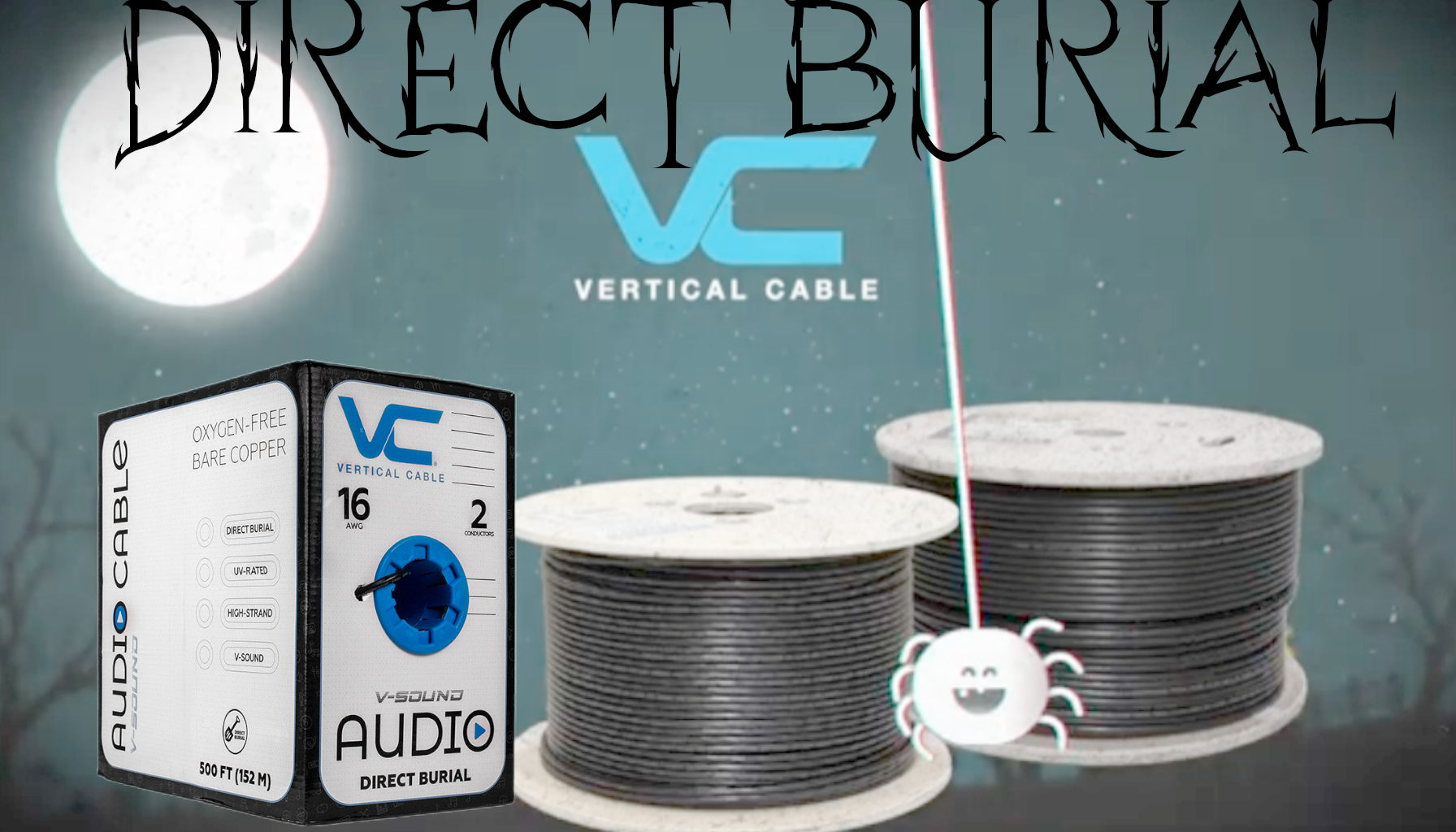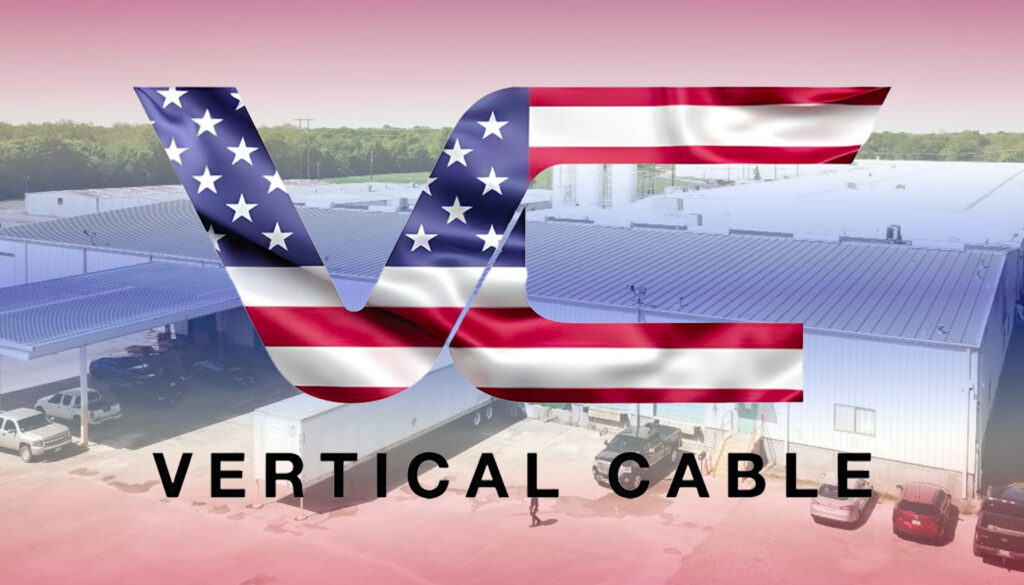Tales from the Underground: A Spooky Guide to Direct Burial Cables This Halloween 🎃
When the cables go deep beneath the ground, not all that’s buried makes a sound…
This Halloween, while ghosts and ghouls prowl above ground, there’s another world lurking beneath your feet—a network of direct burial cables working tirelessly in the darkness. At Vertical Cable, we know that what lies underground doesn’t have to be scary. In fact, our direct burial fiber, audio, coax, security, and category cables are designed to thrive in the most frightening conditions Mother Nature can conjure.
What Lurks Below: Understanding Direct Burial Cable
What is a Direct Burial Cable?
A direct burial cable is specially engineered to survive the harsh, unforgiving environment beneath the earth’s surface. Unlike ordinary cables that would perish in such conditions, these hardy specimens feature UV-resistant jackets (often made from durable polyethylene), water-blocking gel that keeps moisture at bay, and robust construction that can withstand crushing pressure, freezing temperatures down to -40°C, and the corrosive nature of soil itself.
Think of it as armor for your data, audio, video, and security signals—protection against the monsters that lurk underground: moisture, temperature extremes, physical stress, and time itself.
How Do I Know if My Wire is Direct Burial?
Not all cables are brave enough to venture underground. To identify a true direct burial rated cable, look for:
- “DB” or “Direct Burial” marking clearly printed on the cable jacket
- Polyethylene (PE) outer jacket rather than standard PVC
- Thicker, more rugged construction compared to indoor cables
- Water-blocking gel or tape visible when you examine the cable cross-section
- UV-resistant properties for portions exposed to sunlight
Vertical Cable’s direct burial products are clearly marked and certified for underground installation, so there’s no guessing game—just reliable performance that won’t come back to haunt you.
The Graveyard Shift: Installation Depth and Requirements
How Deep Does Direct Burial Cable Have to Be Buried?
The darkness has its rules, and so does the National Electrical Code (NEC). Here’s what you need to know about minimum burial depth for direct burial cables according to NEC Table 300.5:
Standard Depth Requirements:
- Optical fiber cables: Minimum 12 inches from the surface
- Coaxial cables (CATV): Minimum 12 inches in most residential applications
- Communications cables: Typically 12-18 inches depending on local code
- Audio and security cables: 12-18 inches minimum for optimal protection
Important separation requirements: Direct buried cables must maintain at least 12 inches of separation from underground power lines, unless the cables are installed in protective raceways or have metal armor. This keeps the spirits—er, signals—from interfering with each other.
Does Direct Burial Wire Need to Be in Conduit Above Ground?
When your cable emerges from its underground tomb and ventures above ground, protection becomes critical. Yes, direct burial cable should be placed in conduit when it transitions above ground to protect against:
- Physical damage from landscaping equipment
- UV degradation (even UV-resistant cables benefit from conduit protection in exposed areas)
- Accidental contact or interference
- Animal damage (because squirrels and rodents love to chew)
The Monster Mash: Which Cables Can Be Direct Buried?
What Cable Types Are Suitable for Direct Burial?
Vertical Cable offers a frightfully impressive lineup of direct burial cable solutions across multiple categories:
🎃 Fiber Optic Direct Burial Cable
- Armored and gel-filled fiber optic cables
- Perfect for long-distance, high-speed data transmission
- Moisture-resistant construction keeps signals crystal clear
- Ideal for connecting buildings across campuses or properties

🦇 Coaxial Direct Burial Cable
- RG6 Quad-Shield direct burial coax for satellite and CATV applications
- Water-blocking gel prevents signal degradation
- Quad shielding provides superior EMI protection
- UV-resistant black PE jacket
- Perfect for security cameras and video surveillance systems
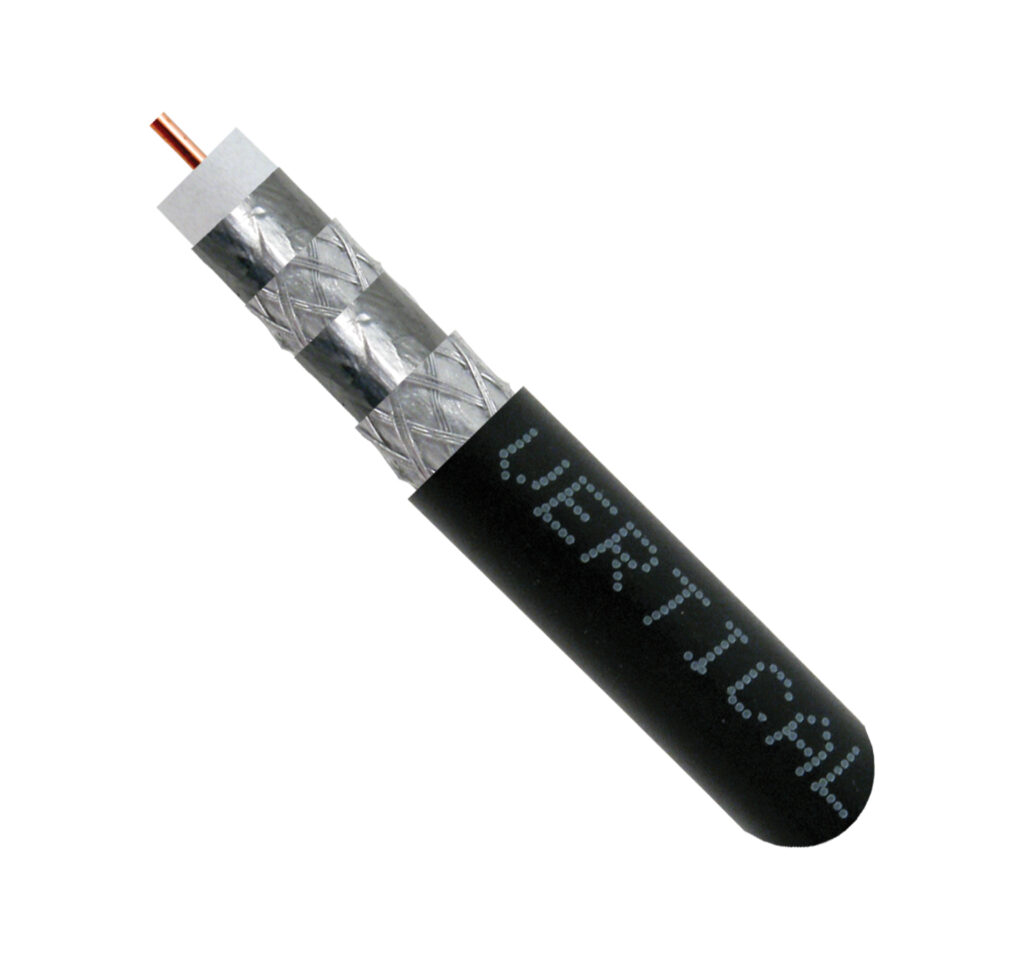
🕷️ Category Cable (Ethernet) Direct Burial
- CAT5E, CAT6 and CAT6A direct burial options
- Gel-filled or tape-wrapped moisture protection
- Supports high-speed network connections between buildings
- Maintains performance in extreme temperature conditions
- F/UTP shielded options available for enhanced protection
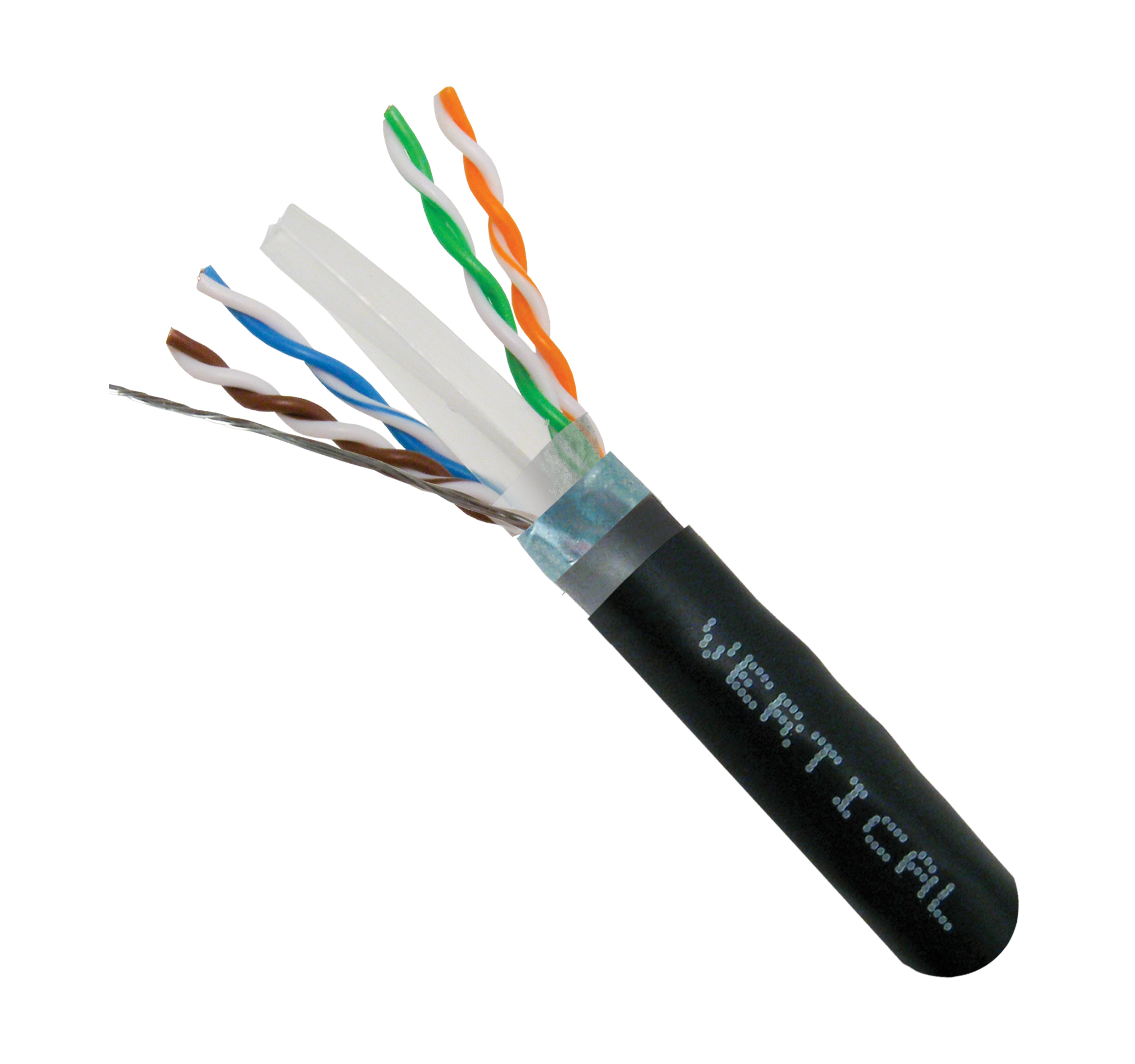
👻 Audio Direct Burial Cable
- Available in 12 AWG, 14 AWG, 16 AWG, and 18 AWG
- High-strand construction for flexibility and durability
- Both shielded and unshielded options
- Perfect for outdoor speakers, intercoms, and distributed audio
- UV-rated PE jacket withstands years of burial
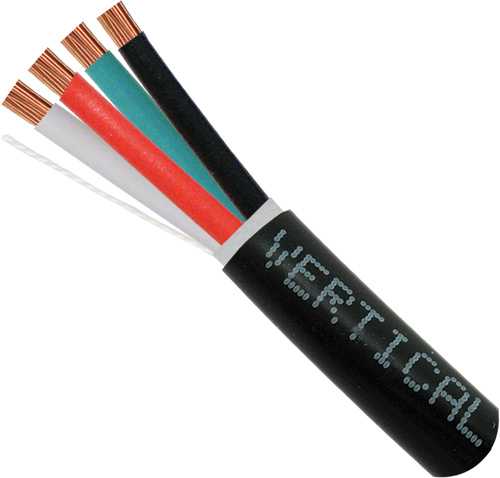
🕸️ Security Direct Burial Cable
- Specialized cables for outdoor security systems
- Multi-conductor configurations available
- Designed for surveillance cameras, access control
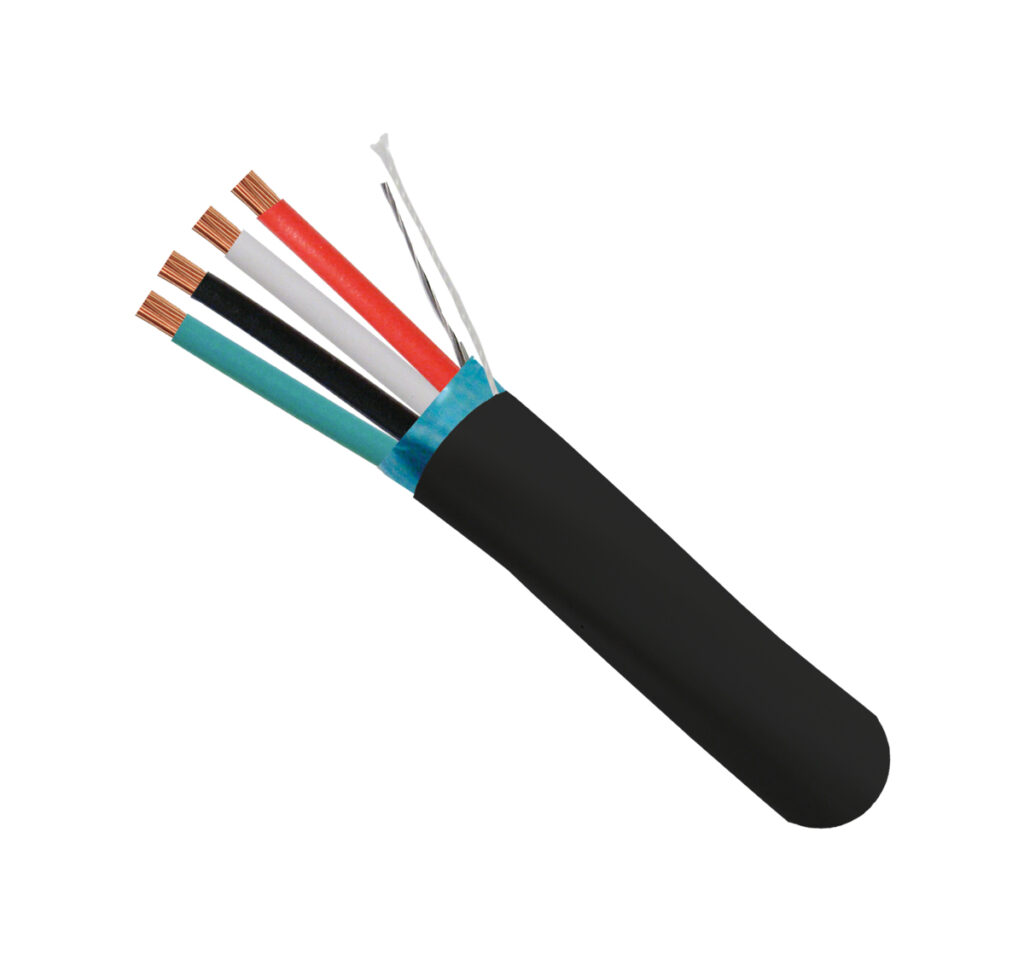
The Dark Side: Disadvantages and Longevity
What Are the Disadvantages of Direct Buried Cable?
Even the most reliable systems have their vulnerabilities:
Installation Challenges:
- More difficult to repair or replace than cables in conduit
- Requires proper trenching and burial depth
- Termination can be tricky with gel-filled cables (use caution—the gel can irritate skin!)
- Initial installation is labor-intensive
Maintenance Concerns:
- Hard to locate if not properly mapped
- Vulnerable to digging accidents if location isn’t marked
- Difficult to troubleshoot without specialized equipment
Cost Considerations:
- Direct burial rated cables cost more than standard indoor cables
- Installation requires trenching equipment or manual labor
How Long Will Direct Burial Cable Last?
Here’s the good news that’ll put your fears to rest: properly installed direct burial cable from Vertical Cable can last 20-30 years or more when:
- Installed at the correct depth
- Protected with appropriate markers and warnings
- Kept away from sources of physical damage
- Selected appropriately for the climate and soil conditions
The key is choosing quality direct burial cable from the start. Vertical Cable’s products feature premium materials designed for the long haul, ensuring your underground infrastructure doesn’t become a horror story years down the line.
The Best Cables for Burial: Vertical Cable’s Haunted Arsenal
What is the Best Cable for Direct Burial?
The “best” cable depends on your specific application, but here’s what makes Vertical Cable’s direct burial products stand out from the graveyard:
For Video and Security:
- Shielded Security Cable features 18 AWG, 8-stranded conductors for reliable signal transmission. Designed for direct burial, it’s ideal for security systems, intercoms, and access controls.
For Data Networks:
- CAT6A Direct Burial Cable: Supports 10 Gigabit Ethernet, gel-filled construction, and available in both shielded (F/UTP) and unshielded (UTP) options
For Audio Distribution:
- 14 AWG or 16 AWG High Strand Direct Burial Audio Cable: Perfect balance of conductor size, flexibility, and durability for outdoor speakers and sound systems
For Fiber Applications:
- Armored Fiber Optic Direct Burial Cable: Ultimate protection for high-bandwidth applications, with gel-filled tubes and corrugated armor
Surviving the Elements: Construction That Won’t Ghost You
The Anatomy of a Survivor
What makes Vertical Cable’s direct burial cables so resilient?
UV-Resistant PE Jackets: Unlike standard PVC that becomes brittle and cracks in sunlight, polyethylene jackets laugh in the face of UV radiation and temperature extremes.
Water-Blocking Technology: Gel-filled designs or water-blocking tape prevent moisture migration, keeping your signals strong even in flooded conditions.
Robust Construction: From the conductor material to the shielding to the outer jacket, every layer is engineered for underground survival.
Temperature Ratings: While standard cables crack at -20°C, our PE-jacketed cables maintain flexibility down to -40°C—perfect for northern climates where winter truly bites.
Avoiding the Pitfalls: Installation Best Practices
The Ritual of Proper Installation
To ensure your direct burial cable doesn’t come back to haunt you:
Before You Dig:
- Call 811 to locate existing utilities (avoiding a real horror show)
- Map your route carefully and document the cable path
- Check local codes for required burial depth
During Installation:
- Dig trenches to the proper depth (minimum 12 inches for most low-voltage applications)
- Create a smooth, rock-free bed for the cable
- Avoid sharp bends that could damage the cable
- Use warning tape 6 inches above the cable to alert future diggers
Termination Tips:
- Use weatherproof compression connectors for coax in outdoor locations
- Terminate direct burial Ethernet cables to a punch-down jack, then use patch cables
- Clean gel-filled cables carefully (wear gloves!)
- Protect termination points from moisture ingress
Above-Ground Transitions:
- Install conduit for any above-ground sections
- Use proper fittings to prevent water entry at transition points
- Secure cables to prevent movement and stress
Frequently Asked Frightening Questions
Is Cat8 Overkill for Home Use?
For most residential applications, CAT6 or CAT6A direct burial cable provides more than enough performance. CAT8 is designed for data centers with 40Gbps requirements. Save your budget for the cables that match your actual needs—no need to over-engineer your underground infrastructure.
Should I Use 12 or 14 Gauge Wire for Audio?
For direct burial audio cable, the choice depends on your run length and speaker impedance:
- 12 AWG: Longer runs (over 100 feet) or lower-impedance speakers
- 14 AWG: Standard runs (50-100 feet), most residential applications
- 16 AWG: Shorter runs (under 50 feet) where flexibility is more important
Vertical Cable offers all three gauges in high-strand, direct burial configurations.
What About Fiber Optic Direct Burial?
While fiber optic cable offers incredible bandwidth and immunity to electromagnetic interference, it does have some disadvantages to consider:
- More expensive than copper alternatives
- Requires specialized termination equipment
- More fragile during installation (though armored versions help)
- Overkill for many residential applications
However, for long runs, future-proofing, or high-bandwidth needs, direct burial fiber from Vertical Cable is an excellent investment.
This Halloween’s Bottom Line: Don’t Let Cable Installation Spook You
The underground world doesn’t have to be frightening when you’re armed with the right direct burial cables and knowledge. Vertical Cable’s comprehensive line of fiber, audio, coax, security, and category cables are engineered to survive the harshest conditions—from the frozen tundra to the sweltering desert, from flooded soil to years of burial darkness.
Whether you’re connecting buildings on a campus, installing outdoor security cameras, bringing network connectivity to a detached garage, or creating an outdoor entertainment oasis, Vertical Cable’s direct burial solutions ensure your infrastructure stays strong, signal-clear, and reliable for decades to come.
Ready to Bury Your Fears?
Don’t let your next installation project become a horror story. Visit Vertical Cable’s Direct Burial Product Line to explore our complete range of:
- Direct Burial Fiber Optic Cable
- Direct Burial Coaxial Cable (RG6 Quad-Shield)
- Direct Burial Category Cable (CAT6/CAT6A)
- Direct Burial Audio Cable (12-18 AWG)
- Direct Burial Security Cable
All backed by Vertical Cable’s reputation for quality, Made in the USA manufacturing, and technical expertise that spans decades.
Contact our team for specification assistance, installation guidance, and to ensure you select the perfect cable for your application. Because when it comes to what’s buried beneath your property, you want peace of mind—not a nightmare.
Happy Halloween from Vertical Cable—where even our cables aren’t afraid of the dark! 🎃
#DirectBurialCable #VerticalCable #UndergroundCable #FiberOptic #CoaxialCable #CategoryCable #AudioCable #SecurityCable #OutdoorWiring #LowVoltageCable #CableInstallation #Halloween2024 #CablingSolutions

